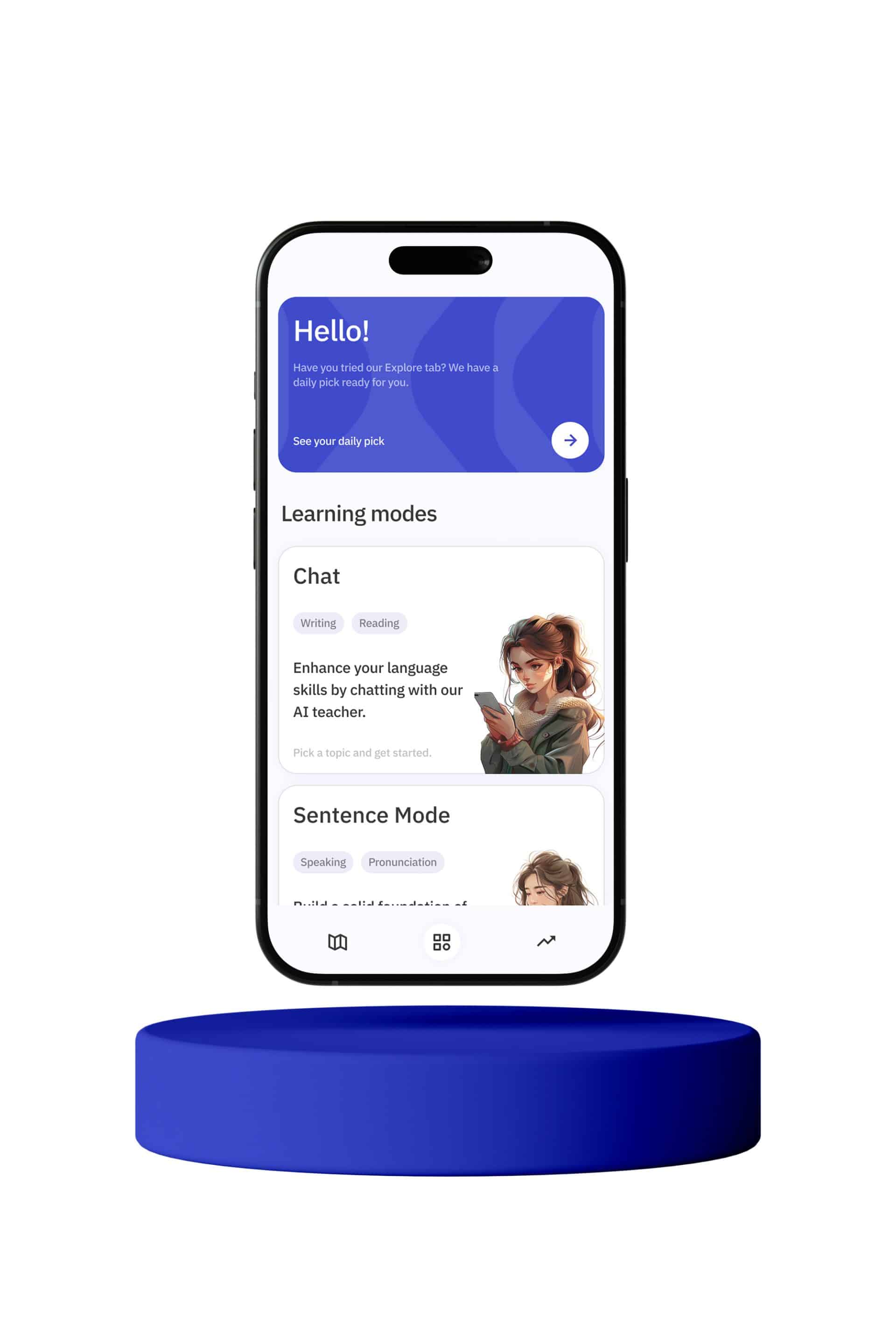Learning a new language is an exciting adventure, full of new words, phrases, and cultures to explore. When it comes to French, one of the first things you will learn is how to greet someone. Two of the most common greetings in French are “bonjour” and “salut”. While both can be used to say hello, they are not always interchangeable. Understanding the nuances of when and how to use each greeting is important for any language learner aiming to navigate French social etiquette successfully.
“Bonjour” is perhaps the most well-known French greeting and translates to “good day” in English. It is considered formal and is used in most situations, making it a safe choice for greeting someone you don’t know well, in professional settings, or when you are meeting someone for the first time. It can be used throughout the day, but it is particularly appropriate in the morning and early afternoon. For example, when you walk into a shop, it is customary to greet the shopkeeper with a friendly “bonjour.”
On the other hand, “salut” is more informal and is best translated as “hi” or “hey”. It is used among friends, family members, and people you are familiar with. If you are in a casual setting or among peers, “salut” is a great way to greet someone without sounding too formal. For instance, when you meet up with a friend at a café, you might simply say “salut” instead of “bonjour.”
Beyond the basic translations, there are some cultural considerations to keep in mind when choosing between “bonjour” and “salut.” In France, greetings are taken seriously and are an important part of social etiquette. Failing to greet someone properly can be seen as rude or disrespectful. Therefore, when in doubt, it is always better to err on the side of formality and use “bonjour.”
Another interesting aspect of French greetings is that they often come with additional expressions depending on the time of day. For instance, in the evening, you might hear or use “bonsoir” instead of “bonjour.” “Bonsoir” translates to “good evening” and is used after 6 PM or when it starts to get dark. Similarly, when saying goodbye, you might use “au revoir” for a formal farewell or “salut” for a more informal goodbye.
It’s also important to note that “salut” can serve a dual purpose as both a greeting and a farewell. This makes it quite versatile in informal settings. For example, when leaving a gathering of friends, you might simply say “salut” to everyone as you head out the door.
In addition to the words themselves, body language and tone of voice play a significant role in French greetings. When using “bonjour,” it is customary to smile and make eye contact. This adds to the formality and politeness of the greeting. With “salut,” a more casual tone and relaxed body language are appropriate, reflecting the informality of the greeting.
Furthermore, in some regions of France, particularly in the south, people might use greetings like “coucou” in very informal and friendly settings. “Coucou” is akin to the English “hey there” and is often used among close friends or family members. While not as common as “salut,” it adds another layer to the rich tapestry of French greetings.
Understanding the difference between “bonjour” and “salut” is more than just knowing when to use each word; it’s about understanding the cultural context and showing respect for the person you are speaking</b








